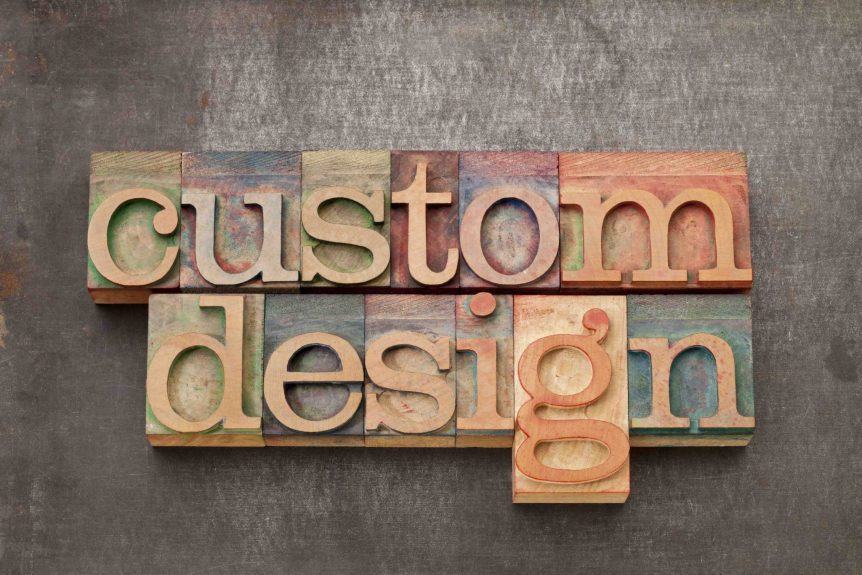Personalised E-Learning: What Is It and What Are the Benefits?
Personalisation is a buzzword at the moment. Buzzwords often make the eyes glaze over in “not again” boredom, but this shouldn’t be the case with personalised e-learning. After all, it is a concept that has been around for years. You should take notice because it can bring significant benefits to your business.
You don’t have to look far to get an understanding of the importance of personalisation. Brands display personalised advertisements as you browse the internet, websites are getting better at displaying dynamic content personalised to the viewer, and tech companies like Facebook and Google have content personalisation down to a fine art.
Why do we have this drive towards personalisation? The answer is simply that people want personalised content and respond more positively when they get it, i.e. they interact more, they click more, they watch more, they read more, they stay longer, etc.
The situation is no different with e-learning. As a result, you will get better outcomes from your e-learning courses when you include personalised e-learning strategies. Let’s look at this in more detail.
What is Personalised E-Learning?
Personalised e-learning is more than customising the content. Customisation is important in itself and it brings its own benefits, but personalised e-learning goes a step further.
With personalised e-learning, you pass some control of the learning experience and process to the learner. This can be through letting the learner make choices or by you making recommendations to personalise the learner pathway.
Let’s look at some examples to explain this in more detail.
Giving the Learner Choices
Giving the learner active choices is one of the ways you can personalise the e-learning experience. This could be letting the learner choose an avatar to guide them through the course, or it could be letting the learner choose colours, fonts, and other elements of the design.
You can also give the learner choices within learning modules. For example, you could let the learner choose whether to watch a video or read content on the same topic.
Another option which is becoming increasingly popular is letting the learner choose their own pathway through the e-learning content you give them. This could be the order they complete modules, deciding on modules to skip, and more. This approach empowers the learner and encourages them to take personal responsibility for their learning.
One of the ways to achieve this is creating micro learning courses. These are standalone courses that learners can complete in a short space of time. They typically cover a single topic and are specific and succinct.
Making Recommendations to Personalise the Learning Pathway
This involves breaking away from a linear approach to learning where each learner follows a pre-set pathway. This rigid approach doesn’t take into account differing abilities or competencies so can have a negative impact on the learning experience. When the learning pathway in your e-learning courses is more fluid, however, you will get better results.
One way of achieving this is to get the learner to complete an interactive quiz at the beginning of the e-learning course before they learn anything or go through any of the content. This will assess the learner’s abilities so you can then recommend which modules they should complete and which to skip. In other words, the result of the quiz will create a personalised pathway for the learner. This should be an automatic process so the learner gets the recommended pathway as soon as they complete the quiz.
Providing feedback during a course also helps personalise the learning experience. For example, a learner can complete a quiz at the end of a module. Depending on the result of the quiz, you can make a recommendation to the learner to repeat the module, skip to the next module, or take another action. The result is the learner progressing through the course on a personalised pathway.
Benefits of Personalised E-Learning
- Empowers learners – personalised e-learning gives learners more control so encourages them to become more proactive and engaged with the process
- Improved outcomes – this includes better retention rates, improved completion rates, and enhanced learner satisfaction
- Engages the learner – the learner becomes more engaged with the process because the content is directly relevant and personalised to them, from the modules they complete to the avatar guiding them through
- Helps establish a learning culture – following on from the last points, higher engagement rates and improved learner outcomes helps you establish and embed a learning culture in your organisation
Creating Personalised E-Learning Courses
You will need both technical and educational skills to create personalised e-learning courses. The benefits make the investment worthwhile, however. After all, the push for personalisation in almost all aspects of life is not a fad. Personalisation is here to stay and it should be part of your training and e-learning strategy.

